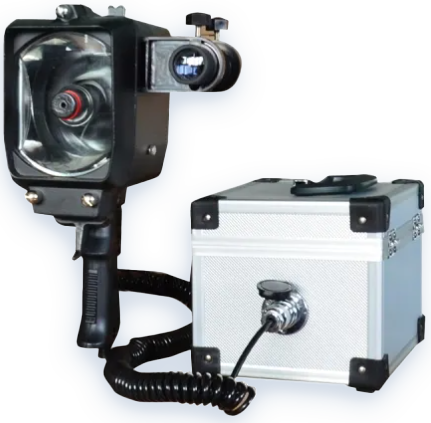A marine signal light is a specialized lighting system installed on vessels to enhance safety and navigational clarity at sea, governed by international regulations such as the International Regulations for Preventing Collisions at Sea (COLREGs). These lights communicate a vessel’s position, course, size, and operational status to other ships, ensuring safe passage and collision avoidance in both day and night conditions.
Signal lights display mandatory visual markers to indicate:
• Position & Heading: Red (port side) and green (starboard side) lights show a vessel’s width and direction; a white masthead light signals its forward motion.
• Vessel Type: Unique configurations distinguish between sailboats, powerboats, fishing vessels, and commercial ships (e.g., all-round red lights for vessels restricted in their ability to maneuver).
• Special Operations: Flashing or strobe lights alert others to dangers (e.g., a vessel aground, underway but not making way, or engaged in diving operations).
Adherence to COLREGs and regional standards (e.g., USCG, IMO) is mandatory for all vessels, ensuring uniformity in global maritime communication. Non-compliance can result in penalties or safety risks.
Lights are designed for specific ranges (e.g., 1–10 nautical miles) based on vessel size, using optics like prismatic lenses to maximize visibility in fog, rain, or darkness.
• LEDs: Now dominant due to energy efficiency (80% less power than incandescent), longevity (up to 50,000 hours), and resistance to vibration and saltwater corrosion.
• Incandescent/Halogen: Older systems, still used in some applications, but less efficient and prone to filament failure in harsh conditions.
• Color Filters: Red, green, and white lenses conform to COLREGs’ precise color standards (e.g., green must emit between 500–525 nm wavelength).
• Beam Angles: Masthead lights project a 225° arc forward; sidelights show 112.5° to the side, ensuring other vessels see the correct signal based on their position relative to the ship.
• Voltage Compatibility: Most systems operate on 12–24V DC (marine batteries), with some models supporting 100–240V AC for larger vessels.
• Mounting Requirements: Lights must be positioned at specific heights and angles (e.g., masthead lights at least 1 meter above the deck on small boats) to avoid obstruction and ensure correct signal projection.
1. Choose Compliant Models: Verify certifications (e.g., CE, USCG, DNV GL) to meet your sailing region’s rules.
2. Prioritize Durability: Opt for IP66/IP68 waterproof ratings and corrosion-resistant materials (316 stainless steel, UV-stabilized polycarbonate) for long-term reliability.
3. Regular Maintenance: Clean lenses and check wiring annually to prevent signal degradation—a dim or misaligned light can lead to misinterpretation by other vessels.
Marine navigation signal lights are indispensable for safe maritime operations, acting as a universal language of navigation that transcends borders and vessel types. By understanding their purpose, functionality, and regulatory requirements, operators can ensure compliance, enhance safety, and minimize collision risks. When selecting a system, prioritize modern LED technology for efficiency and durability, and always consult manufacturer guidelines or marine experts to confirm suitability for your vessel’s size and operational needs.

GET A QUOTE